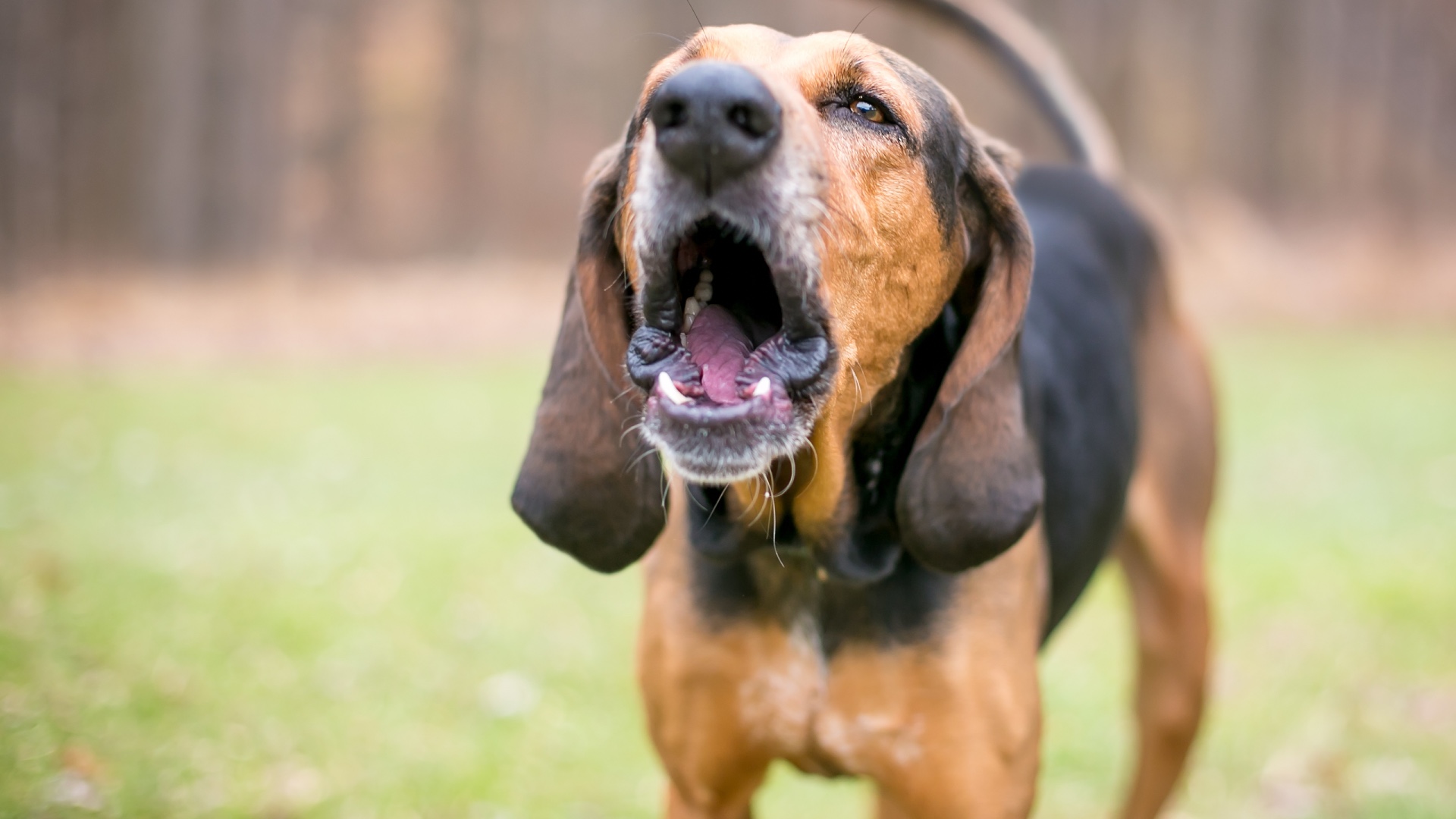
Disclaimer: Unless specifically stated, any expert comments quoted in this news piece have been taken directly from the Instagram post cited below.
If you have a reactive dog, it's likely that your daily walks together are more stress-inducing than stress-relieving.
And while many of us spend our time trying desperately to avoid triggers when we're out and about with our dogs, what do you do when encountering a trigger is unavoidable?
Well, one of the best places to start is learning how to calm a reactive dog so that you can either prevent a reaction from occurring in the first place, or swiftly de-escalate the situation so that your fur friend can relax.
Luckily, expert trainer Alex Sessa has some tips on some simple things you can do when your dog starts barking or lunging.
Read on to find out more...
When you're out walking and notice a potential trigger in the distance, you want to get your dog to focus on you by dishing out the best dog treats.
Keep your dog's eyes on you and keep those treats coming until the trigger has passed.
However, if your dog does start to bark and lunge, Sessa recommends the following:
1. Don't say anything: "There isn’t a specific word or hand signal that will help your dog in this moment," says Sessa. "Sometimes a kissy sound or “happy talking” will help move them along."
2. Keep the leash loose and move away: "As much as possible, try to avoid tightening up on the leash," Sessa advises. If your dog begins to bark and lunge, she recommends swiftly and calmly putting as much distance between your dog and their trigger as you can.
3. End the walk if necessary: "If your dog has had repeated struggles on a walk and they’re having a hard time calming down, it’s a good idea to end the walk, decompress for a day or two, then try again. It’s okay! Setbacks are going to happen."
4. Use visual barriers: "For highly reactive dogs, you may need a visual barrier like a car to help them calm back down," Sessa explains. "You can also try letting them sniff and/or scatter some food on the ground."
If your dog does react to a trigger, Sessa says it's important to remember that it isn't the end of the world. Instead, it provides you with valuable information about where your dog is currently at and how much they're able to tolerate.
Overcoming reactivity takes time, patience and consistency. For additional support and advice, we recommend speaking with a qualified trainer.







